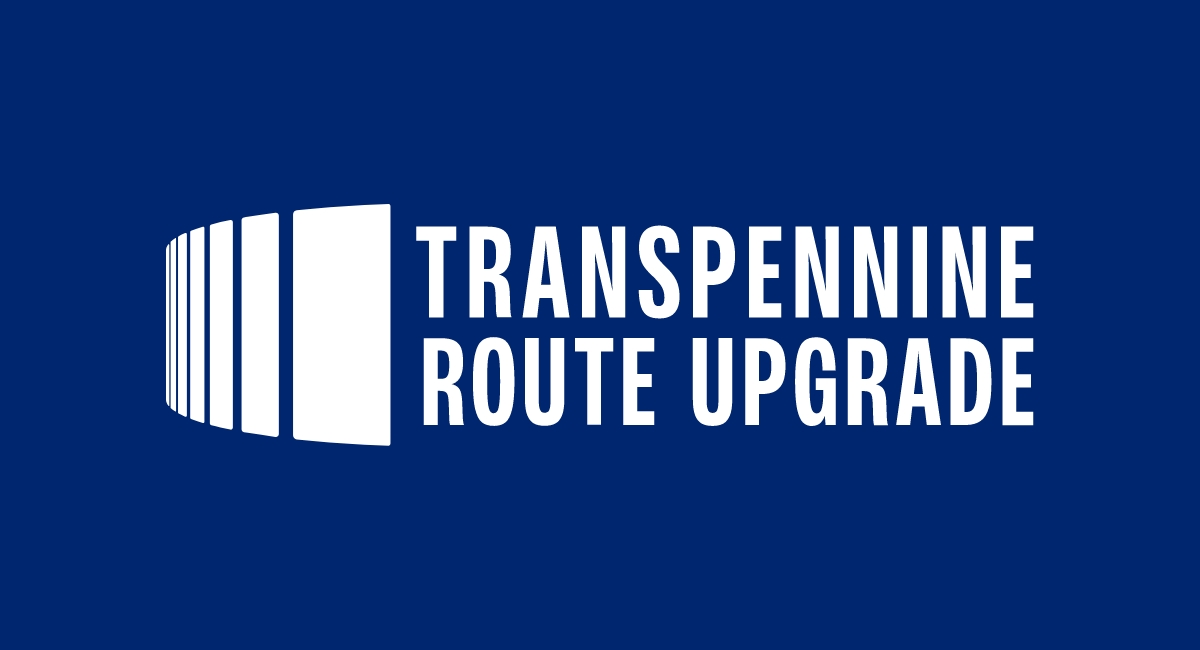
Transpennine Route Upgrade
The Transpennine Route Upgrade (TRU) project has been a topic of great anticipation and excitement for those living, working, and traveling across the picturesque landscapes of northern England. As one of the most significant rail infrastructure projects in the region, the TRU aims to transform the Transpennine railway network into a modern, reliable, and efficient transport corridor. In this blog, we bring you the latest news and updates on the TRU project, highlighting the milestones achieved and the positive impact it will have on commuters and communities alike.
- Enhancing Connectivity: The primary goal of the TRU project is to enhance connectivity between major cities such as Manchester, Leeds, and York, facilitating seamless travel and fostering regional economic growth. With upgraded infrastructure and improved capacity, the project aims to reduce travel times, increase train frequency, and enhance reliability across the Transpennine route.
- Electrification and Improved Performance: Electrification forms a crucial aspect of the TRU project. The introduction of overhead electrification on the Transpennine route will not only reduce carbon emissions but also improve the overall performance of trains. Electric rolling stock will offer faster acceleration and smoother journeys, providing passengers with a more comfortable and efficient travel experience.
- Track and Signaling Upgrades: To accommodate increased train frequency and improve line speed, significant track and signaling upgrades are underway. The TRU project includes replacing outdated infrastructure, modernising signaling systems, and implementing advanced train control technologies. These improvements will contribute to enhanced safety, reduced journey times, and increased capacity along the route.
- Station Enhancements: The TRU project recognises the importance of enhancing the passenger experience at stations. Several stations along the Transpennine route will undergo extensive upgrades, including improved accessibility, modernised facilities, and enhanced interchange capabilities. These improvements will create more pleasant and user-friendly environments for commuters and visitors.
- Community Benefits: Beyond improving connectivity and transport efficiency, the TRU project is expected to bring significant benefits to local communities. The project has created job opportunities, both directly and indirectly, stimulating economic growth and supporting local businesses. Additionally, the improved rail infrastructure will encourage sustainable travel choices, reducing congestion on roads and minimising environmental impacts.
- Collaboration and Stakeholder Engagement: The success of the TRU project relies on close collaboration between various stakeholders, including government bodies, local authorities, rail operators, and community representatives. Extensive engagement with local communities and stakeholders ensures that their voices are heard, and the project aligns with their needs and aspirations.
Conclusion: The Transpennine Route Upgrade project is set to transform rail travel in northern England, unlocking economic potential and creating a more connected and sustainable region. With electrification, track and signaling upgrades, and station enhancements, the project will offer commuters faster, more reliable, and environmentally friendly travel options. As the project progresses, the positive impact on communities and businesses along the Transpennine route will become increasingly apparent. The TRU project is an exciting milestone in the evolution of regional transport, driving growth and fostering a brighter future for all.
